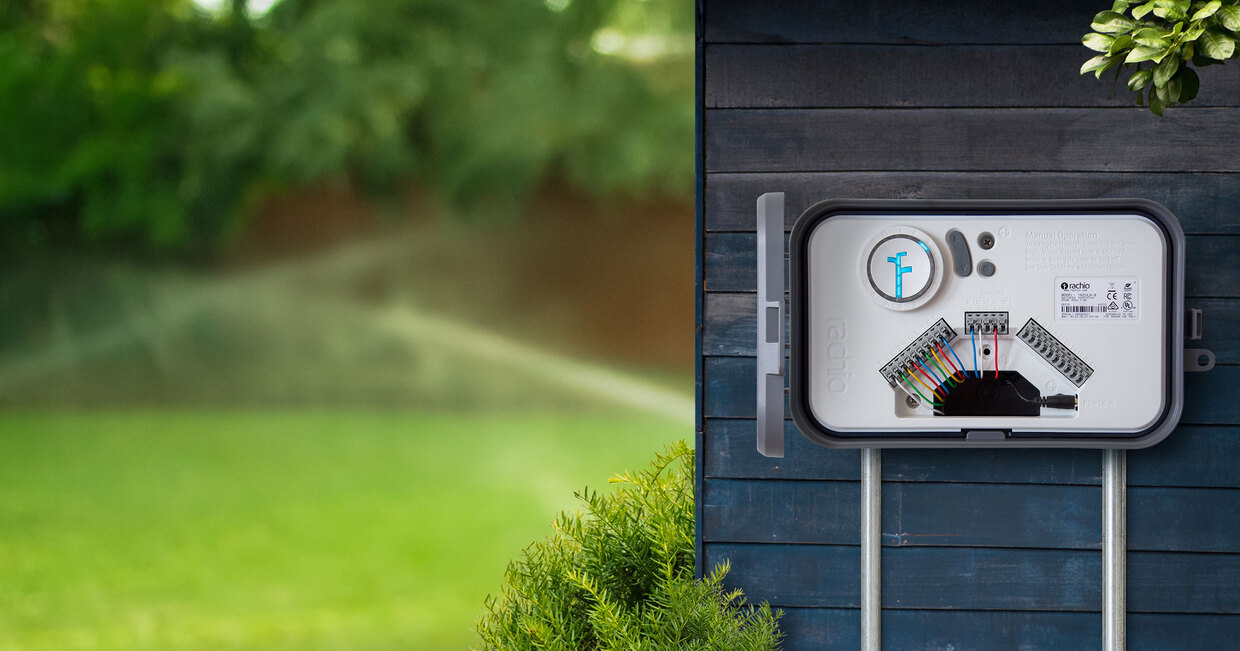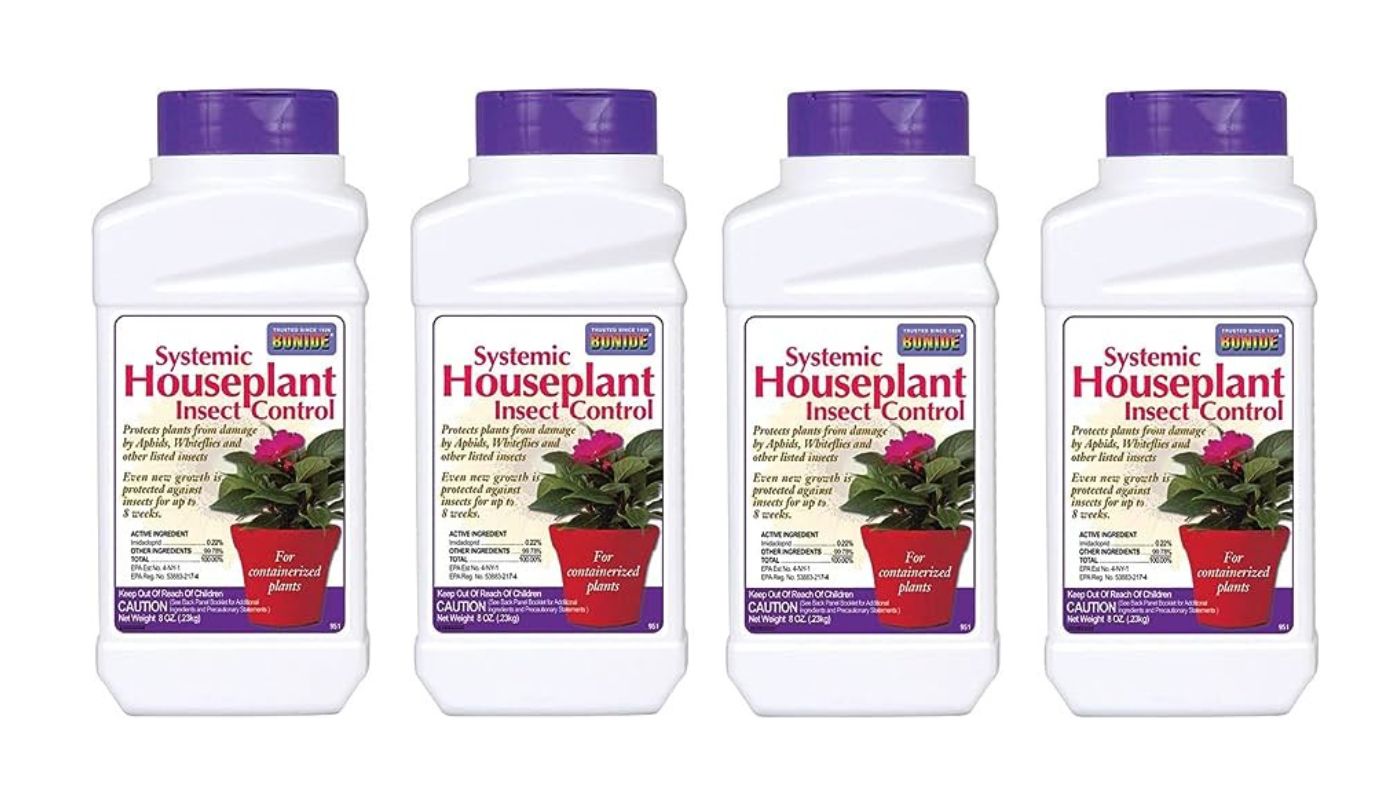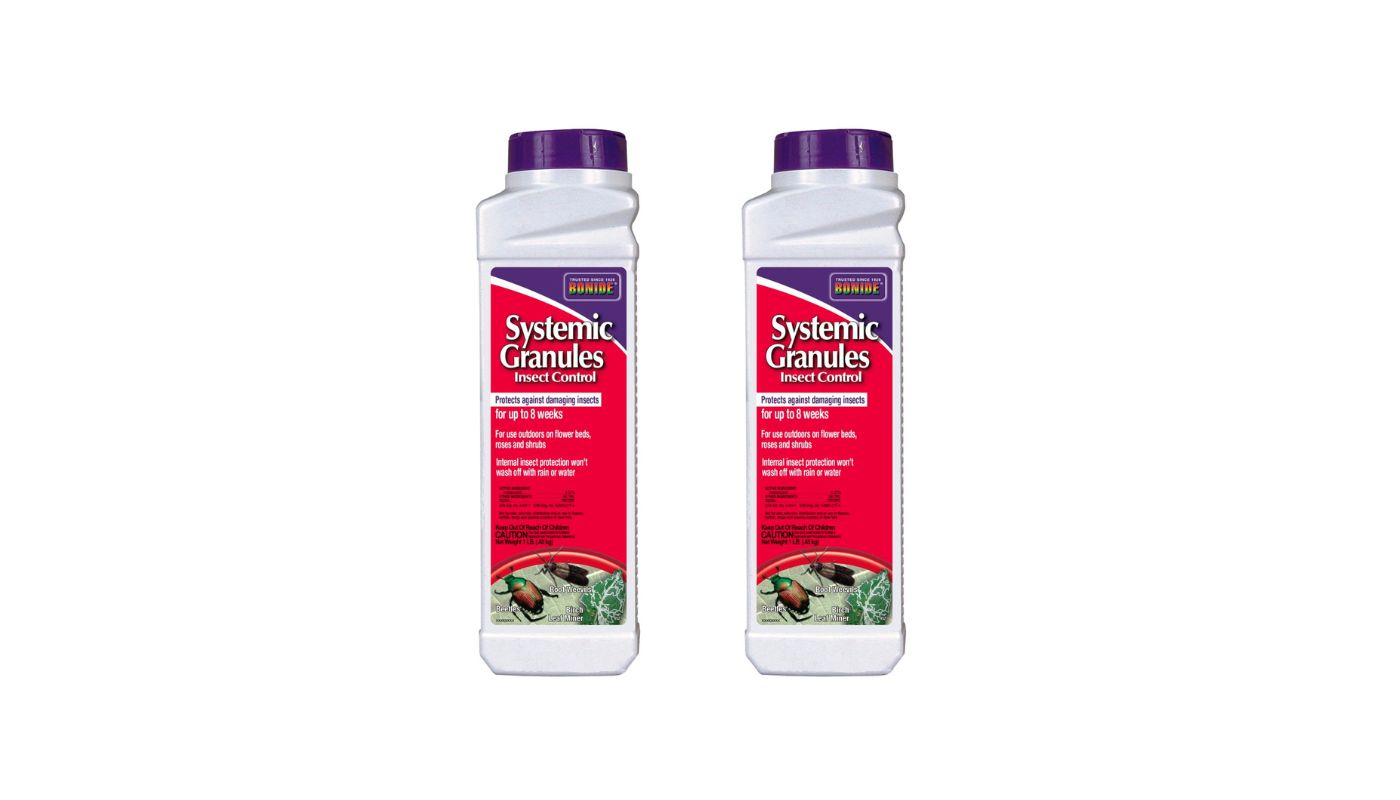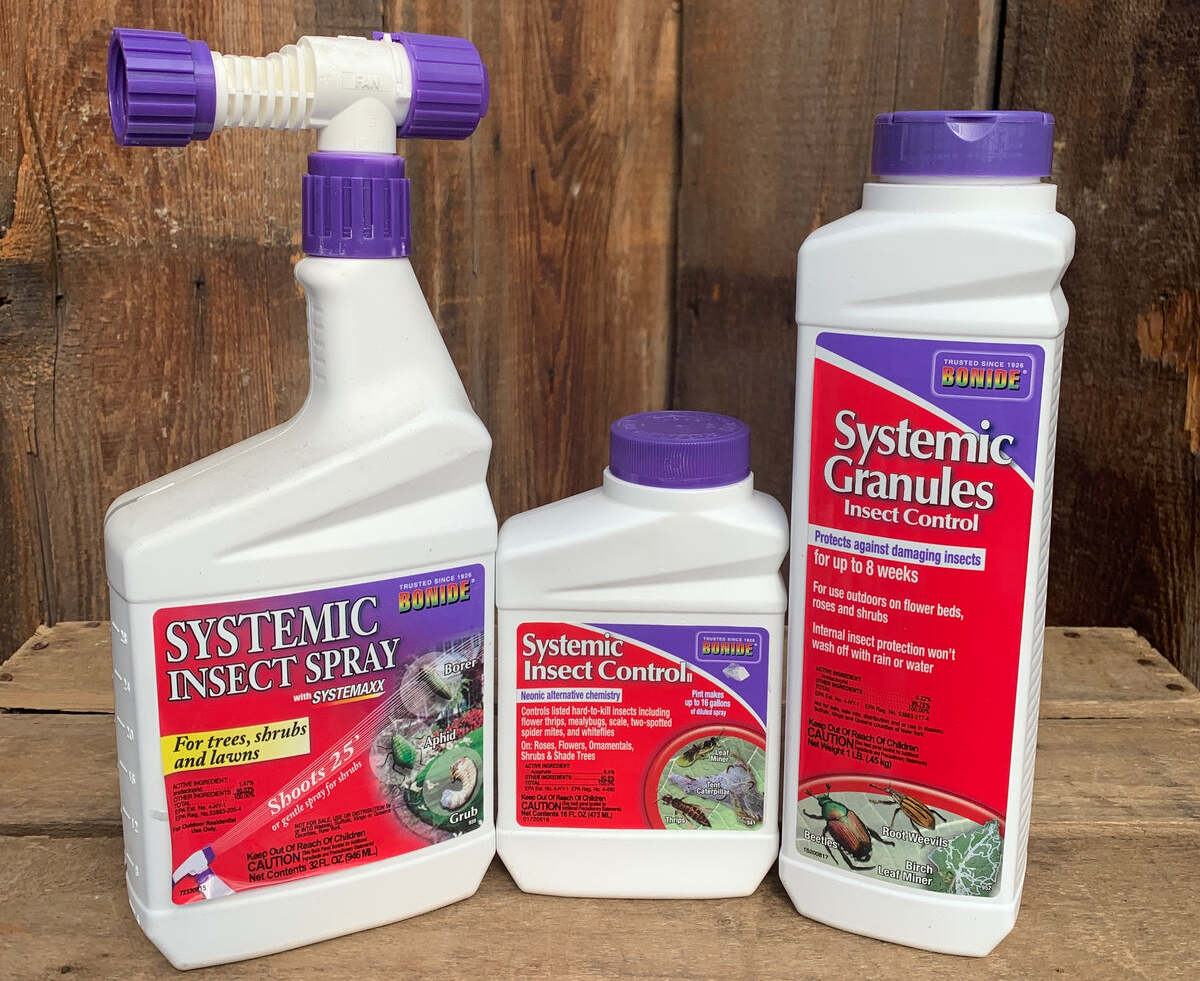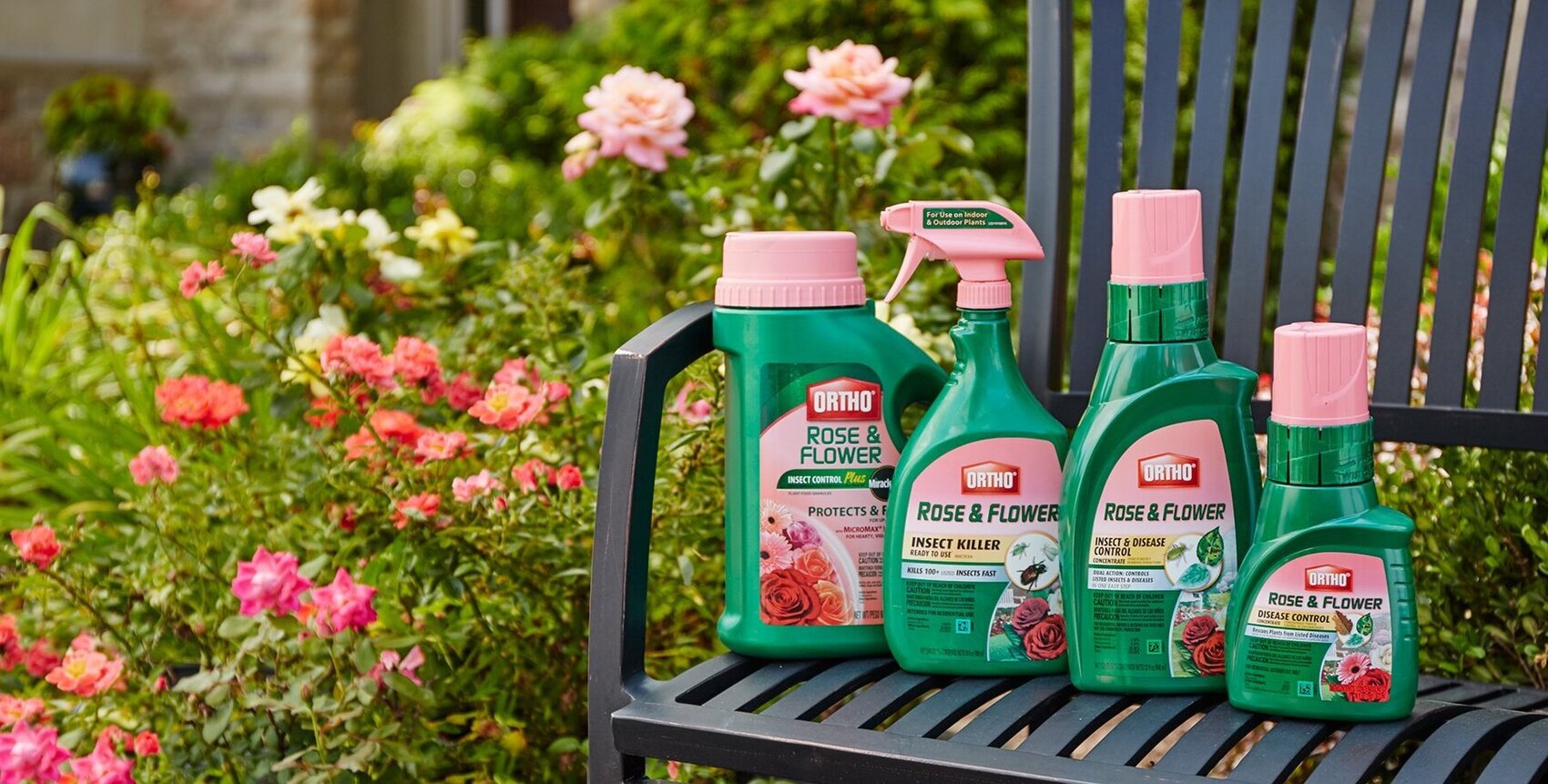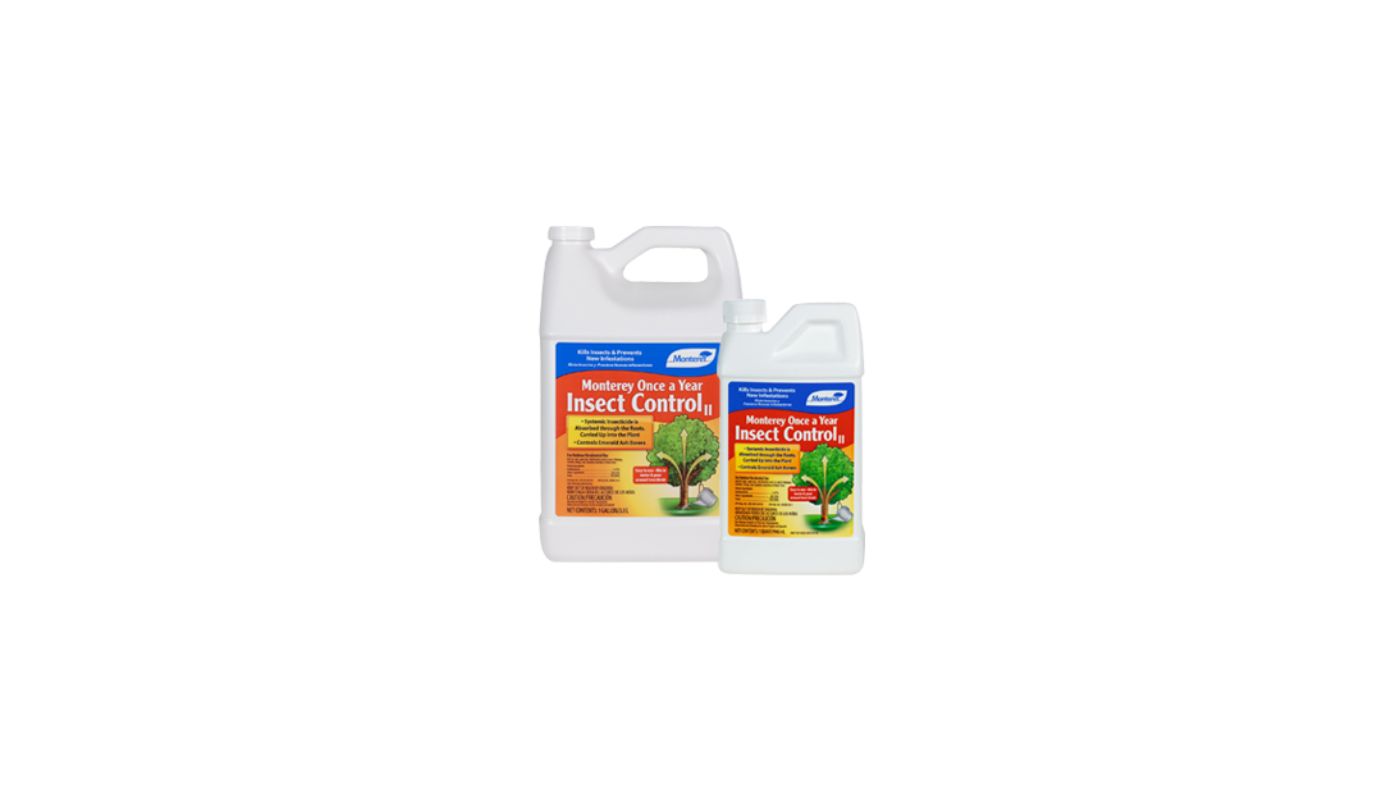Home>Gardening News and Trends>Latest News>How To Control Insects Inside


Latest News
How To Control Insects Inside
Modified: January 22, 2024
Learn effective techniques to control insects inside your home. Stay updated with the latest news on insect control methods and keep your house pest-free.
(Many of the links in this article redirect to a specific reviewed product. Your purchase of these products through affiliate links helps to generate commission for Chicagolandgardening.com, at no extra cost. Learn more)
Table of Contents
Introduction
Welcome to our comprehensive guide on how to control insects inside your home. Dealing with pesky indoor insects can be a frustrating and daunting task, but with the right knowledge and techniques, you can effectively manage and prevent infestations. In this article, we will explore common indoor insects, discuss prevention methods, and delve into natural and chemical insect control options.
Indoor insects are a common nuisance that can invade our living spaces, causing discomfort, damage to property, and even health risks. These pests can range from ants, cockroaches, and flies to spiders, silverfish, and bedbugs. Understanding the behavior, habitats, and breeding patterns of these pests is crucial in order to effectively control them.
Prevention is key when it comes to managing indoor insects. By implementing simple practices and making a few changes around your home, you can greatly reduce the chances of an infestation. We will provide you with practical tips on how to prevent insects from entering your home in the first place.
While prevention is important, sometimes it’s necessary to implement additional measures to combat indoor insects. We will discuss natural insect control methods, which involve using non-toxic substances and environmentally friendly techniques to repel or eliminate pests. Additionally, we will explore chemical insect control options that may be effective, but require proper handling and precautions.
Maintaining a pest-free environment requires ongoing diligence. We will provide guidance on how to keep your home clean, organized, and sealed against insects. By adopting good hygiene practices and creating an inhospitable environment for pests, you can significantly reduce the risk of infestations and maintain a comfortable living space.
Whether you’re dealing with a current infestation or simply want to prevent one from occurring, this guide will equip you with the knowledge and strategies you need to control insects inside your home. So let’s dive in and discover effective methods to rid your living space of these unwanted intruders!
Understanding Common Indoor Insects
Before implementing any control measures, it’s important to have a basic understanding of the most common indoor insects. This knowledge will help you identify the pests you may encounter and determine the most effective control methods.
1. Ants: Ants are social insects that form colonies and are attracted to food sources. They can enter your home through cracks and crevices, and once inside, they leave a trail of pheromones to guide other ants to the food source.
2. Cockroaches: Cockroaches are notorious for their resilience and ability to survive in various environments. They can spread diseases and trigger allergies. They are attracted to dark, warm, and moist areas, and can enter your home through openings in walls or pipes.
3. Flies: Flies are common indoor pests that can be a nuisance and transmit diseases. They are attracted to decaying organic matter and prefer warm environments. Flies can enter your home through open windows or doors.
4. Spiders: While most spiders are harmless, their presence can cause fear and discomfort. They typically enter homes in search of prey, such as other insects. Spiders can be found in dark corners, basements, or attics.
5. Silverfish: Silverfish are small, wingless insects that thrive in damp environments. They are attracted to starchy materials, such as paper, glue, and clothing. Silverfish can be found in bathrooms, kitchens, and basements.
6. Bedbugs: Bedbugs are parasitic insects that feed on human blood and typically hide in mattresses, cracks, and crevices near the bed. They can be easily transported through luggage, clothing, or furniture.
By familiarizing yourself with these common indoor insects and their characteristics, you will be better equipped to identify the specific pests you are dealing with. This will enable you to choose the most appropriate control methods and take proactive measures to prevent infestations.
Prevention Methods
Prevention is the first line of defense when it comes to controlling indoor insects. By implementing simple practices and making a few changes around your home, you can significantly reduce the likelihood of an infestation. Here are some effective prevention methods:
- Keep a Clean Environment: Regularly clean your home to remove food crumbs, spills, and garbage that can attract insects. Pay extra attention to kitchen areas where food is prepared and stored. Vacuum and mop floors regularly, and keep countertops, stovetops, and sinks free from food debris.
- Seal Entry Points: Inspect your home for cracks, gaps, and openings that insects can use to enter. Seal any gaps or cracks in walls, windows, doors, and foundation using caulk or weatherstripping. Install door sweeps to prevent insects from crawling under doors.
- Proper Food Storage: Store food in airtight containers to prevent attracting ants, cockroaches, and pantry pests. Keep pantry areas clean and organized, and regularly check for signs of infestation such as chewed packaging or insect droppings.
- Maintain Proper Drainage: Fix any plumbing leaks and ensure proper drainage to minimize moisture build-up. Insects like flies and silverfish are attracted to areas with excess moisture. Use dehumidifiers in damp areas, such as basements or bathrooms, to reduce humidity.
- Keep Trash Sealed: Dispose of garbage regularly in sealed garbage cans. Clean the trash cans regularly to remove food residues and prevent odors that can attract insects. Consider using trash cans with tight-fitting lids to contain the smell and discourage pests.
- Screen Windows and Doors: Install screens on windows and doors to prevent flying insects from entering your home. Ensure that screens are free from holes or tears. This will allow you to keep your windows open for ventilation without inviting pests inside.
- Remove Clutter: Reduce clutter in your home, as this provides hiding places for insects. Keep storage areas, such as basements and attics, organized and free from unnecessary items. Regularly check stored items for signs of pest activity.
By implementing these prevention methods, you can create a less favorable environment for indoor insects. Consistency is key, so make these practices part of your regular routine to maintain a pest-free home.
Natural Insect Control
For those who prefer non-toxic solutions, natural insect control methods can be effective in repelling or eliminating indoor pests. These methods are safe for both humans and pets. Here are some natural ways to control indoor insects:
- Essential Oils: Certain essential oils have insect-repellent properties. Peppermint oil, lavender oil, and tea tree oil can deter ants, spiders, and mosquitoes. Dilute a few drops of the essential oil in water and spray it around windows, doors, and entry points to discourage insects.
- Vinegar: The strong smell of vinegar acts as a deterrent for ants, flies, and other insects. Create a solution of equal parts vinegar and water and use it to wipe down surfaces, such as countertops or floors, to repel insects.
- Citrus Peels: Citrus fruits like lemons and oranges can be used to repel ants and spiders. Rub the peels along windowsills, baseboards, or anywhere pests may enter. The strong citrus scent acts as a natural deterrent.
- Diatomaceous Earth: Diatomaceous earth is a fine powder made from fossilized algae. It is safe for humans but lethal to insects. Sprinkle diatomaceous earth in areas where pests frequent, such as cracks, crevices, and behind appliances. The powder damages the exoskeleton of insects, causing them to dehydrate and die.
- Natural Traps: Create homemade traps to catch and eliminate insects. For example, to catch fruit flies, fill a jar with apple cider vinegar, cover it with plastic wrap, and poke small holes in the wrap. Fruit flies will be attracted to the vinegar and get trapped inside the jar.
- Neem Oil: Neem oil is derived from the neem tree and acts as a natural insecticide. It is effective against a variety of pests, including aphids, cockroaches, and ants. Mix neem oil with water and spray it on infested areas or directly on insects to control their populations.
While natural insect control methods can be effective, they may require more frequent application compared to chemical alternatives. It’s important to note that results can vary depending on the severity of the infestation and the specific insect species. Experiment with different natural methods to find what works best for your situation.
Chemical Insect Control
In situations where natural methods are not proving effective, or when dealing with severe infestations, chemical insect control options can offer a more aggressive approach to eliminating indoor pests. These methods often utilize insecticides and pesticides that are specifically designed to target and kill insects. Here are some common chemical insect control methods:
- Sprays and Aerosols: Insecticide sprays and aerosols are readily available and easy to use. They offer quick knockdown and residual effectiveness against a range of insects. Follow the instructions on the product label carefully and apply the spray to areas where insects are likely to dwell or pass through.
- Baits and Traps: Baits and traps are designed to attract insects with attractants and a lethal substance. They can be effective against ants, cockroaches, and other crawling insects. Place the baits or traps in areas where you have observed insect activity, and dispose of them properly once they have served their purpose.
- Insect Growth Regulators (IGRs): IGRs are chemicals that disrupt the growth and reproduction of insects. They are often used against fleas, bedbugs, and other insects that undergo metamorphosis. IGRs work by inhibiting their ability to molt or reproduce, effectively controlling the population over time.
- Residual Insecticide Treatments: Residual insecticides are applied to surfaces and provide long-lasting protection against crawling insects. These products leave a residue that continues to kill insects that come into contact with treated areas. Use caution when applying and follow label instructions to ensure safety and effectiveness.
- Foggers and Fumigators: Foggers and fumigators are devices that release a fine mist or gas into the air to penetrate cracks and crevices, reaching hidden insect populations. These products are useful for treating large areas but should be used with caution and according to instructions to avoid health risks.
- Professional Pest Control Services: In cases of severe infestations or when you’re unable to control pests on your own, consider hiring a professional pest control service. They have the expertise and access to a wider range of chemical control methods to effectively eliminate pests from your home.
It’s important to note that when using chemical insect control methods, proper precautions should be followed. Read and follow the instructions on the product labels carefully, wear protective clothing or gear if necessary, and keep children and pets away from treated areas until the product has dried or is deemed safe.
Remember, chemical insect control should always be used as a last resort, and it’s advisable to seek professional advice or assistance when dealing with severe infestations or potential health risks.
Maintaining a Pest-Free Environment
Preventing the return of indoor insects and maintaining a pest-free environment requires ongoing efforts and good practices. Here are some essential tips to help you keep your home free from pests:
- Regular Cleaning: Clean your home regularly to remove any food crumbs, spills, or clutter that can attract pests. Vacuum floors and carpets, wipe down surfaces, and empty trash cans regularly.
- Proper Food Storage: Store food in airtight containers to prevent attracting insects. Keep pantry areas clean and organize your shelves to easily detect any signs of infestation.
- Sealing Cracks and Gaps: Inspect your home for any cracks or gaps in walls, windows, doors, and foundation. Seal them using caulk or weatherstripping to prevent insects from entering your home.
- Maintaining Landscaping: Trim bushes and trees away from the exterior of your home to eliminate possible entry points for insects. Keep your garden neat and well-maintained to reduce hiding places for pests.
- Fixing Water Leaks: Repair any plumbing leaks promptly to prevent moisture buildup, which can attract insects. Ensure proper drainage around your home to avoid excess moisture near the foundation.
- Regular Inspection: Periodically inspect your home for any signs of pest activity, such as droppings, wings, or chewed materials. By catching infestations early, you can take swift action to control them.
- Professional Pest Inspections: Consider scheduling regular pest inspections by professionals who can identify potential issues before they become major problems. They can provide targeted treatments and offer advice on long-term prevention.
- Educating Family Members: Teach your family about the importance of good hygiene practices and pest prevention. Encourage everyone to be mindful of food handling, sealing containers, and keeping the home clean and organized.
- Outdoor Trash Management: Ensure outdoor trash cans have tight-fitting lids and are properly sealed to prevent attracting pests. Regularly clean and disinfect garbage bins to eliminate odors.
- Pet Care: If you have pets, maintain proper hygiene by regularly cleaning their living areas and grooming them to prevent fleas or ticks from infesting your home.
By implementing these practices consistently, you can create a less attractive environment for pests and reduce the likelihood of infestations. Remember, prevention is always better than having to deal with a full-blown pest problem.
Conclusion
Controlling insects inside your home is a necessary task for maintaining a comfortable and pest-free living environment. By understanding common indoor insects, implementing prevention methods, exploring natural and chemical control options, and maintaining a vigilant approach to pest management, you can effectively keep insects at bay.
Prevention methods, such as keeping a clean environment, sealing entry points, and proper food storage, are crucial in minimizing the risk of infestations. Regular cleaning and maintenance, as well as fixing any moisture issues, can go a long way in creating an inhospitable environment for indoor pests.
When natural methods are insufficient, chemical insect control options come into play. Sprays, baits, and traps are readily available and can provide a more aggressive approach to eliminating pests. However, it’s important to follow the instructions carefully and consider the potential health and environmental impacts.
Maintaining a pest-free environment requires ongoing effort. Regular inspections, professional pest control services, and educating family members about proper hygiene practices all play a role in preventing infestations. By adopting these practices consistently, you can minimize the chances of dealing with a severe pest problem.
Remember, each home and situation is unique, and different methods may work better for different insect species. It’s important to stay informed, be proactive, and adapt your strategies as needed.
We hope this comprehensive guide has provided you with valuable insights and tools to control insects inside your home. By incorporating these techniques into your routine and staying vigilant, you can create a comfortable and pest-free living space for you and your family.
